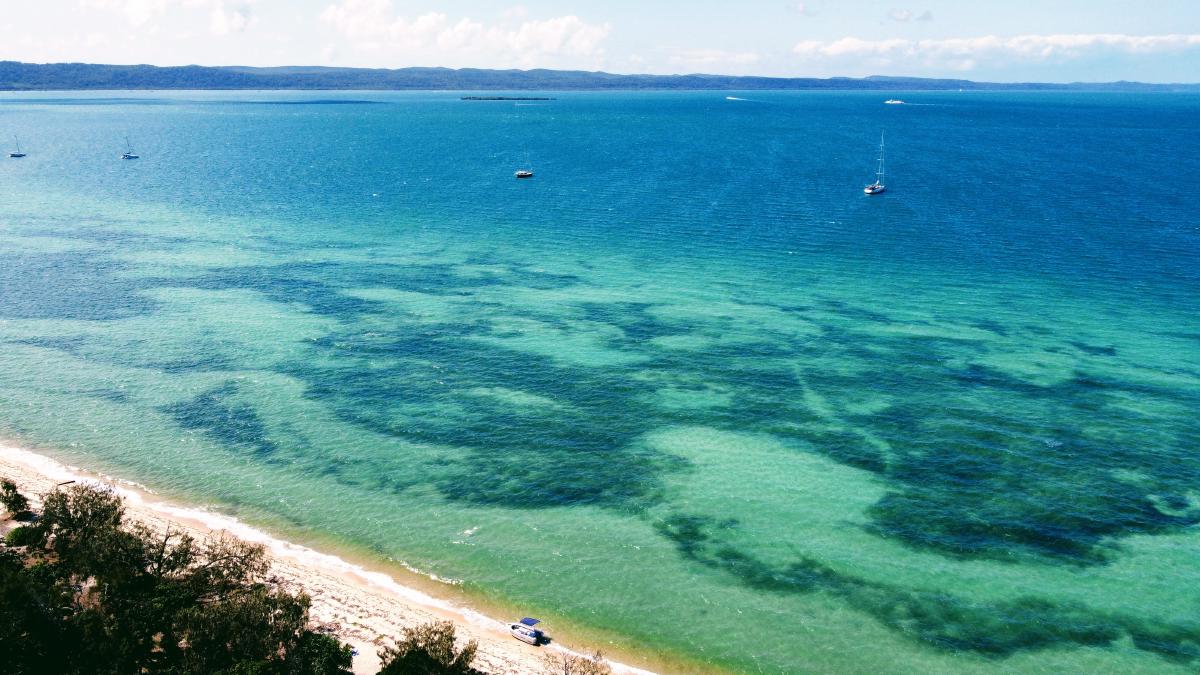Credit to the Author #
Title: RYA Competent Crew Skills
Author: Royal Yachting Association (RYA)
Year: 2014

My Reference Notes #
Introduction
- Each year 12,000 people with no sailing experience complete RYA Competent Crew.
- There are 300 official RYA Training Centres around the world.
Nautical Terms
- Windward is the direction the wind is coming from.
- Leeward (pronounced loo-erd).
- From centre bow, down port to stern:
- Ahead
- Port bow
- Port beam
- Port quarter
- Astern
- From centre bow, down starboard to stern:
- Ahead
- Starboard bow
- Starboard beam
- Starboard quarter
- Astern
Different Types of Yachts
- Cruiser Racer
- Motor Sailer
- Traditional Craft
- Small Cruiser with Junk Rig and Bilge Keels
- Small Racing Yacht or Keelboat
- Medium or Large Cruising Yacht
- Cruising Catamaran
- Cruising Yacht with Windsurfer Rig
- Racing Trimaran (3 hulls) or Catamaran (2 hulls)
- Square Rigger
- Long Keel Classic Craft
- Luxury Private / Charter Yacht
- Performance Racing Yacht
Different Types of Power Vessel
- Flybridge Motor Cruiser
- Semi-Displacement Vessel
- RIB (Rigid Inflatable Boat)
- Displacement Vessel
Parts of a Sailing Boat
- Types of jib
- Roller-furling: One sail is used for all wind strengths. It can be made smaller when the wind increases by pulling on the furling line from the cockpit. This wraps the sail around the forestay.
- Luff groove sail: Different size jobs can be fed into grooves in a head foil. This gives a sail shape that is more aerodynamically efficient for better sailing performance.
- On a sail of:
- Leech: The trailing edge of a sail that extends from the head (top) to the clew (bottom corner).
- Luff: The leading edge of a sail that runs from the tack (front bottom corner) to the head (top).
- Foot: The bottom edge of a sail that spans between the tack (front) and the clew (rear).
- Clew: The lower rear corner of a sail where the leech meets the foot, often used for adjusting sail tension.
- Tack: The lower front corner of a sail where the luff meets the foot, typically secured to the mast or deck.
